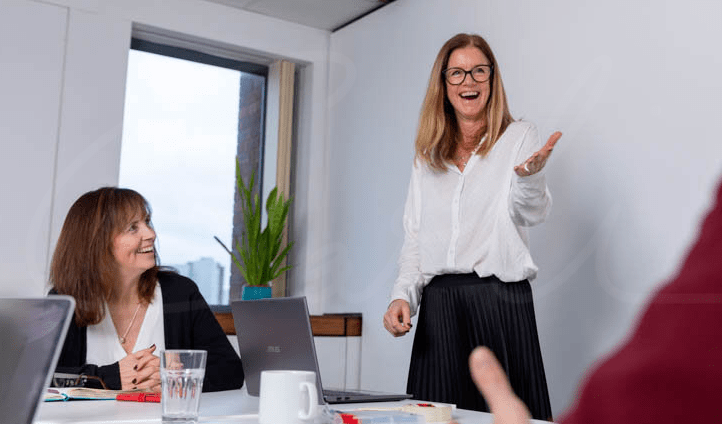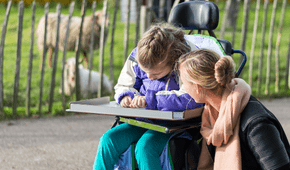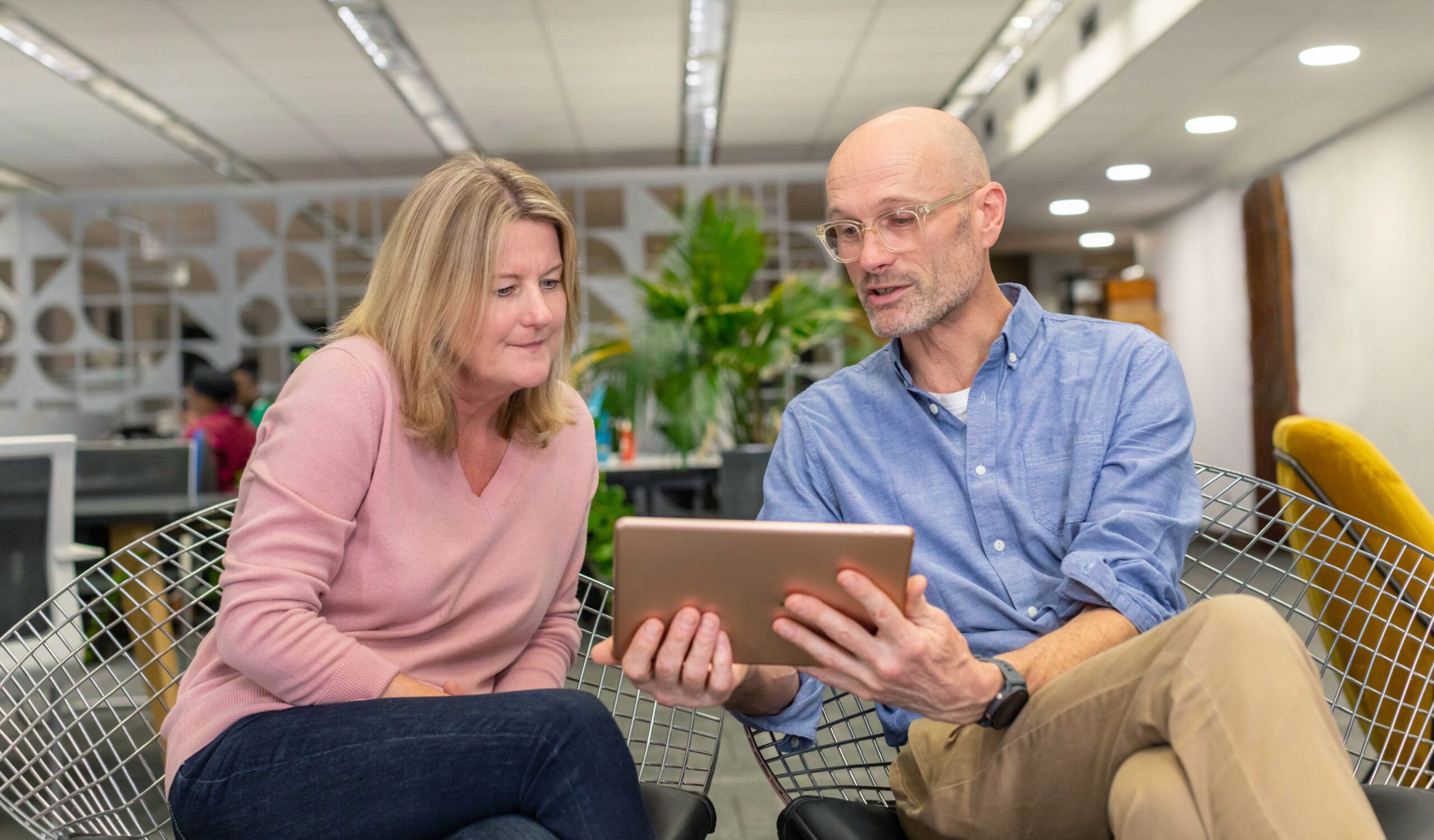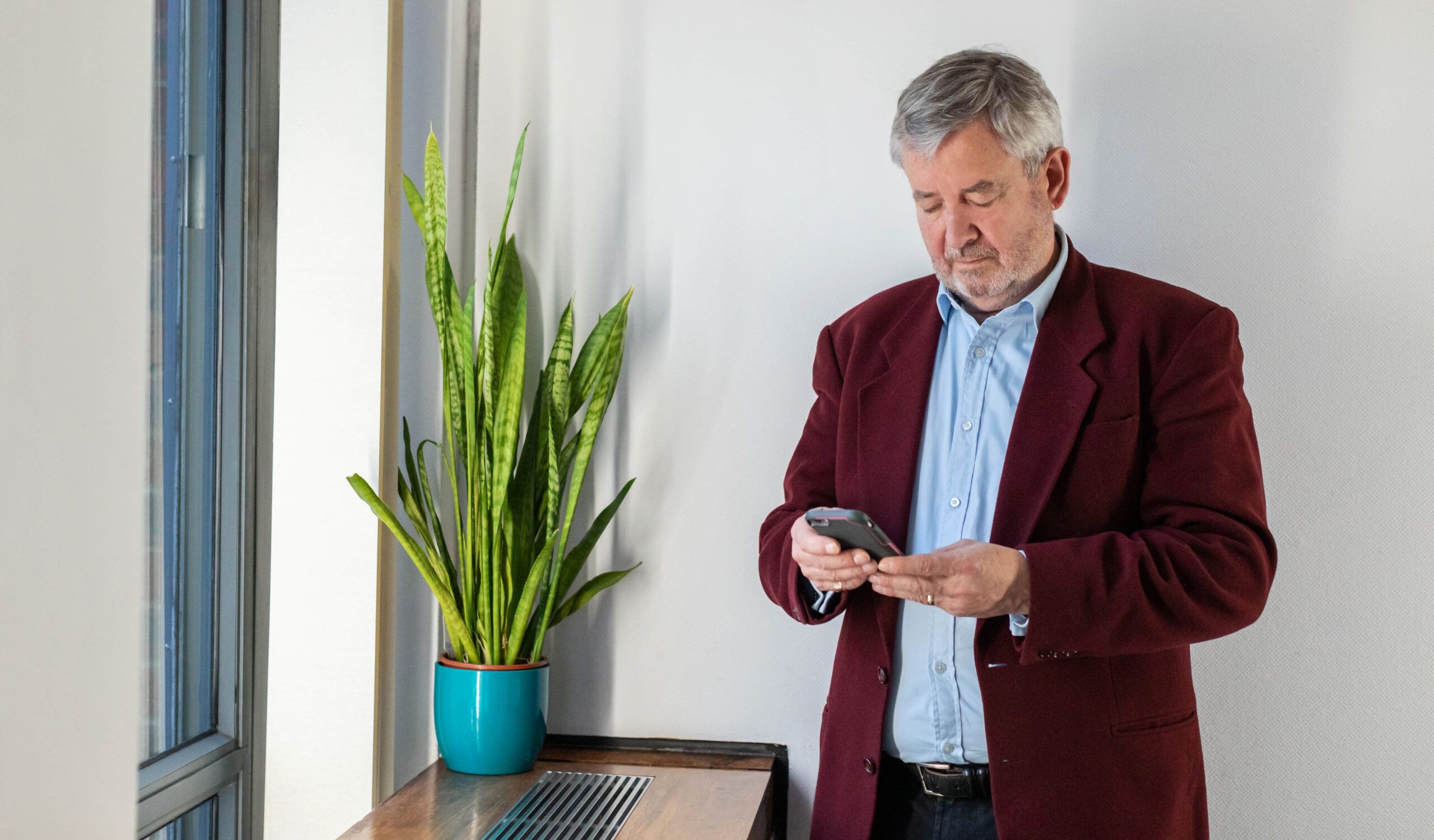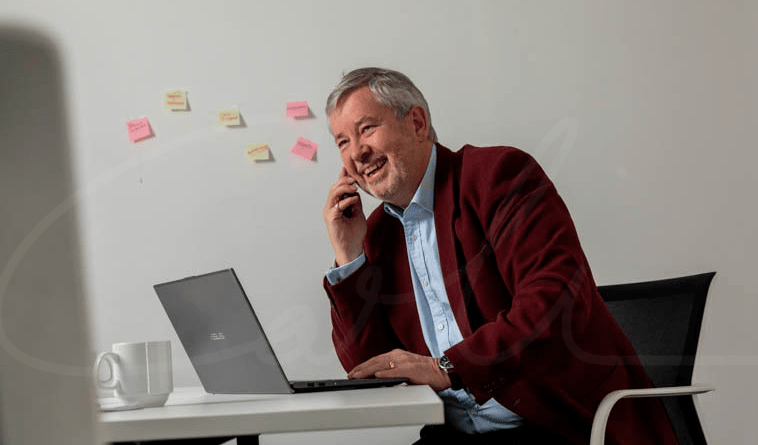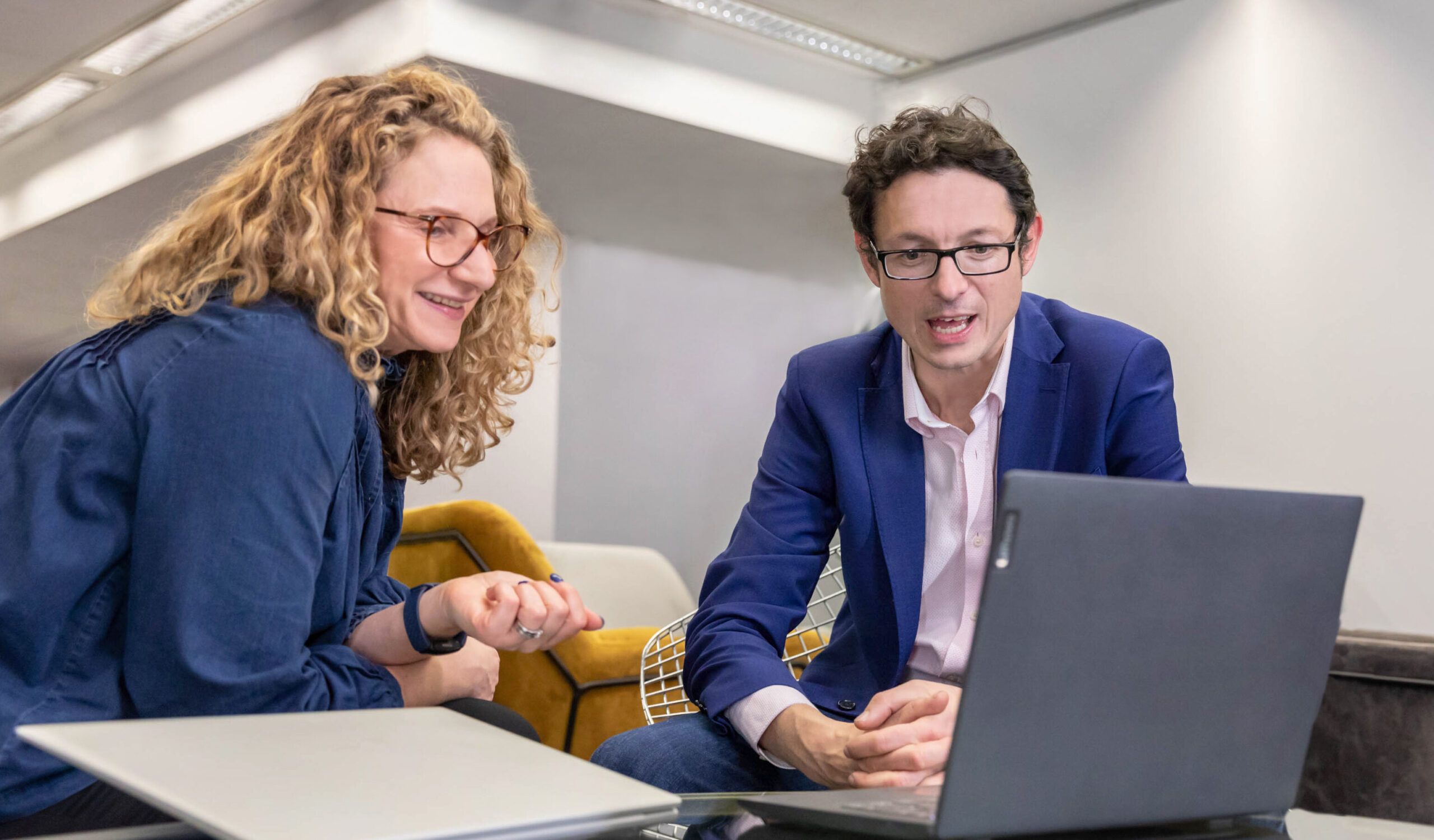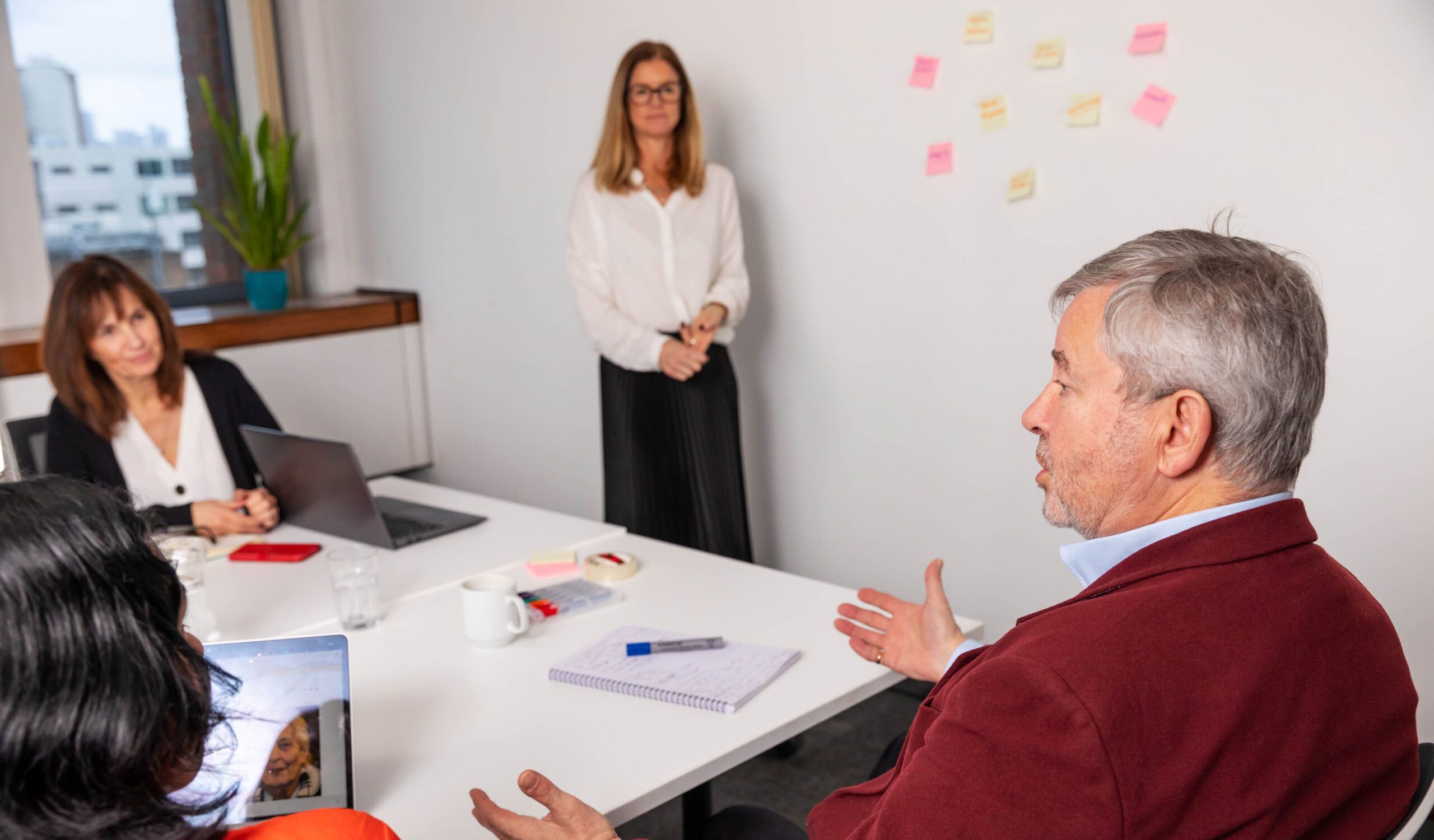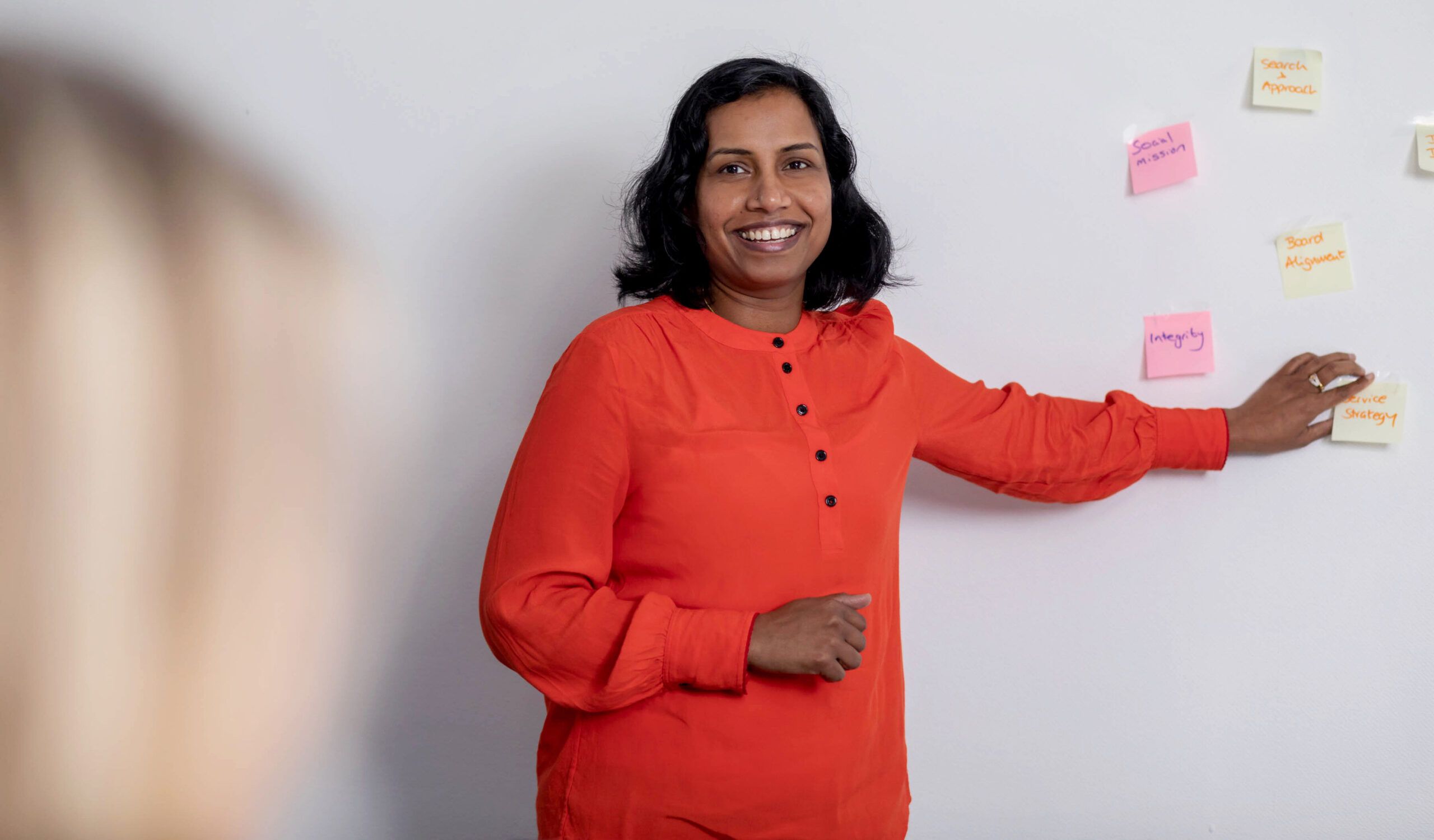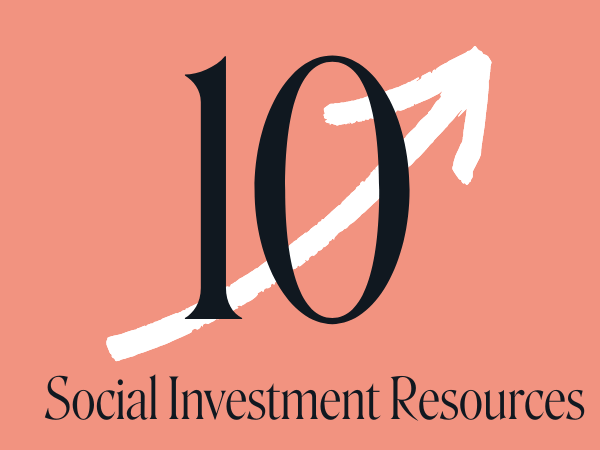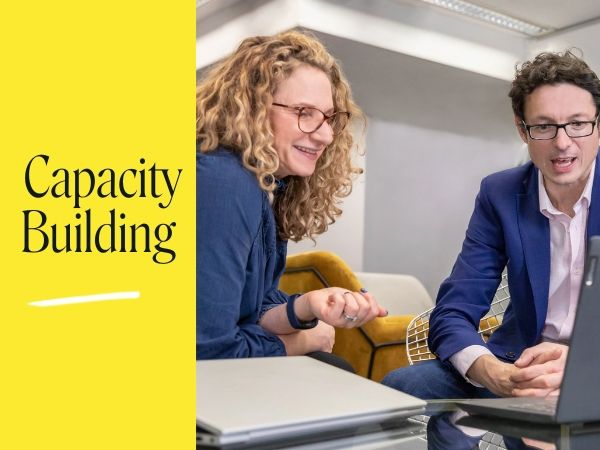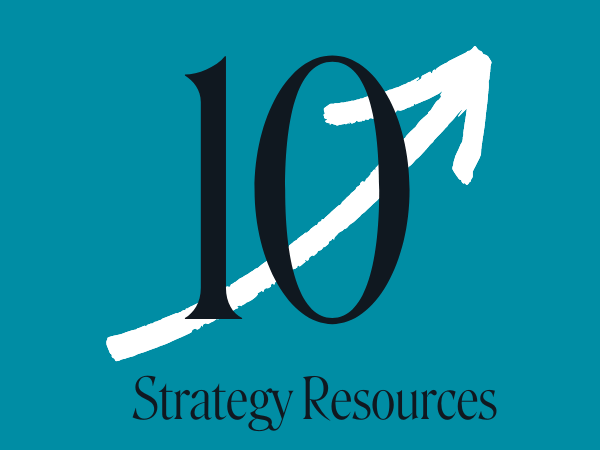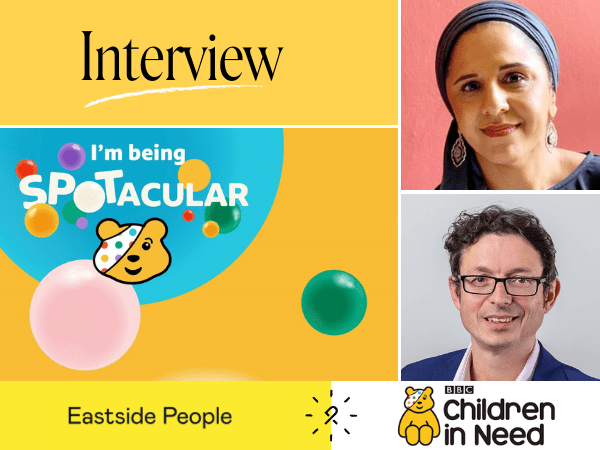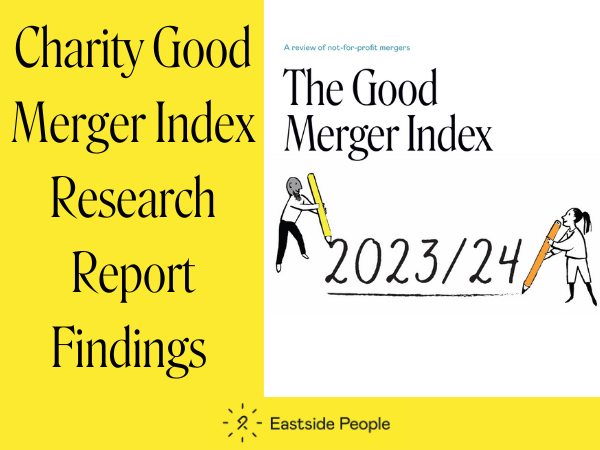Investor Interview: Ben Rick, Co-founder and Chief Executive Officer at Social and Sustainable Capital – Behind the scenes at a social investment firm.
This article was first published in our EP Insights Blog in February 2020, but Ben’s comments and insights are still as valid today.
If you’re considering seeking social investment, you need to understand the investors’ point of view. In this article Ben Rick talks about what it’s like running a social investment fund and how charities and social enterprises can prepare before setting out on a journey to raise finance.
Getting Started in Social Investment
“SASC was founded in 2012 by me and Adam Knight. We were coming out of 20-year careers in mainstream finance, and keen to use our skills in a more socially inspiring way.
We look for organisations that provide lasting solutions to social challenges. We focus on how our investment could help your organisation to become more financially self-sufficient and to generate more social impact. We aim to develop enduring partnerships with the organisations we support.”
Be Prepared for an Emerging Market
“Social investment may have been available for the last 18 years, but the truth is that it feels like a very new market. We need to recognise and explain this to charities. There’s still a lack of clarity about the simplest things, such as the language being used, the products, the rules of engagement, and the way in which lenders and borrowers interact.”
Hard Won Deals
“Most social investors will tell you that the market is sub-scale, by which I mean that we work with comparatively small organisations which are looking for relatively small loans or investments. Each of our deals is hard-won and usually bespoke. Social investors struggle with this lack of standardisation and the length of deals, especially as we all tend to be small organisations with limited capacity.”
Managing Expectations
“It’s true that each deal does take a long time – sometimes up to 18 months – but I’m not clear if the entire process is long by commercial standards or if it’s simply that the social investor gets contacted at an earlier stage. We often find ourselves in conversations where we’re on the journey with potential borrowers talking about whether they’ll bid for a contract or not, and what the structure of the contract looks like.
We need to deploy capital and we really want to do deals that improve people’s lives.
If you go back five years, we might have thrown a lot of resource at something very speculative. But now we have a conversation with a potential borrower and we’ll take a view more quickly. Our model puts an emphasis on those we think will get through, although there is always a tension because – truthfully – the most impactful projects are the ones with the highest risk of not making it all the way to the end.”
Innovation with a Property Fund
“We recognised that there was an opportunity to innovate by creating a risk-sharing loan. The Social and Sustainable Housing fund works by providing capital for 100% of property portfolio costs, including building, renovation and property management. The charity then manages the property for 10 years without exposure to fixed capital repayments or exposure to movements in house prices. At the end of this period they’ll have earned a steady income from the property and an equity pot which they can use to transition to a commercial mortgage.”
A Focus on Local Organisations
“The Social and Sustainable Housing Fund is suited to locally led organisations, either small housing associations who are wanting to expand property portfolios, or charitable service providers that don’t have equity to invest but are attracted to property ownership. We are tackling one very specific part of the housing crisis and our view is those charities up and down the country who are already working with vulnerable people are the best placed to be landlords to them.”
Brook was a Unique Deal for Us
“Making loans is a resource-intensive process, and we therefore usually look for larger and longer deals. However, we see all kinds of opportunities and needs. When Helen Marshall of Brook approached us for support in 2018, this wasn’t close to the sweet spot for SASC because the lending requirement was small. However, Brook had an incredible impact story and gave us the potential to build a relationship. We saw a great organisation with a great management team, and we wanted to be part of it.”
Seeing the Whites of their Eyes
“We asked Helen to present to an investment committee meeting. We think it is critical for our committee to meet potential borrowers. A poor plan well executed is much better than a great plan poorly executed, and we’re in the business of making calls on the management and the governance structure that each charity has.”
A Well Thought-Through Plan is the Gold Standard
“My final pearl of wisdom for any of your audience thinking about social investment is that our doors are wide open. We need to deploy capital and we really want to do deals that improve people’s lives. What we’re looking for is that they have a well thought-through plan. There’s no harm approaching us early, but the key is to know that you’re at an early stage. Propositions should be clearly laid out, explain the need for financing and what the risks are. You need to get the balance right with the figures, making sure they are neither too optimistic nor too conservative (especially because investors will always peg back the numbers).
Find out more about how Eastside People’s comprehensive Social Investment and Fundraising services can support charities and social enterprises by unlocking grants and loans to help you grow.

